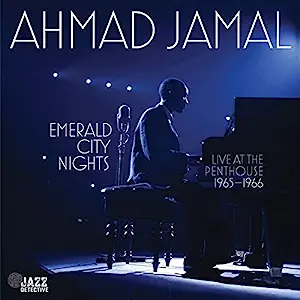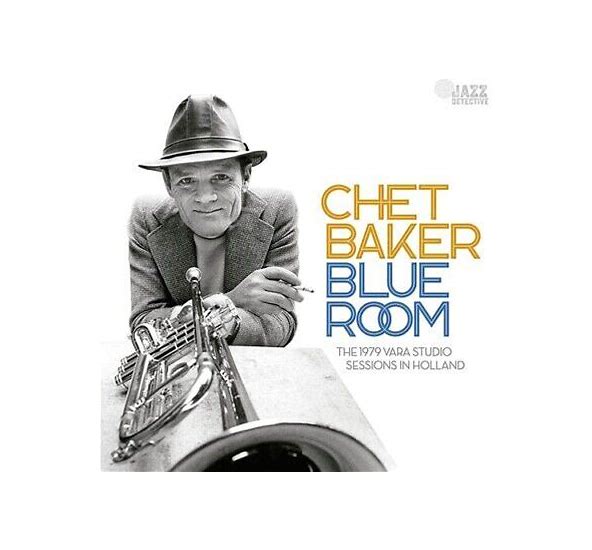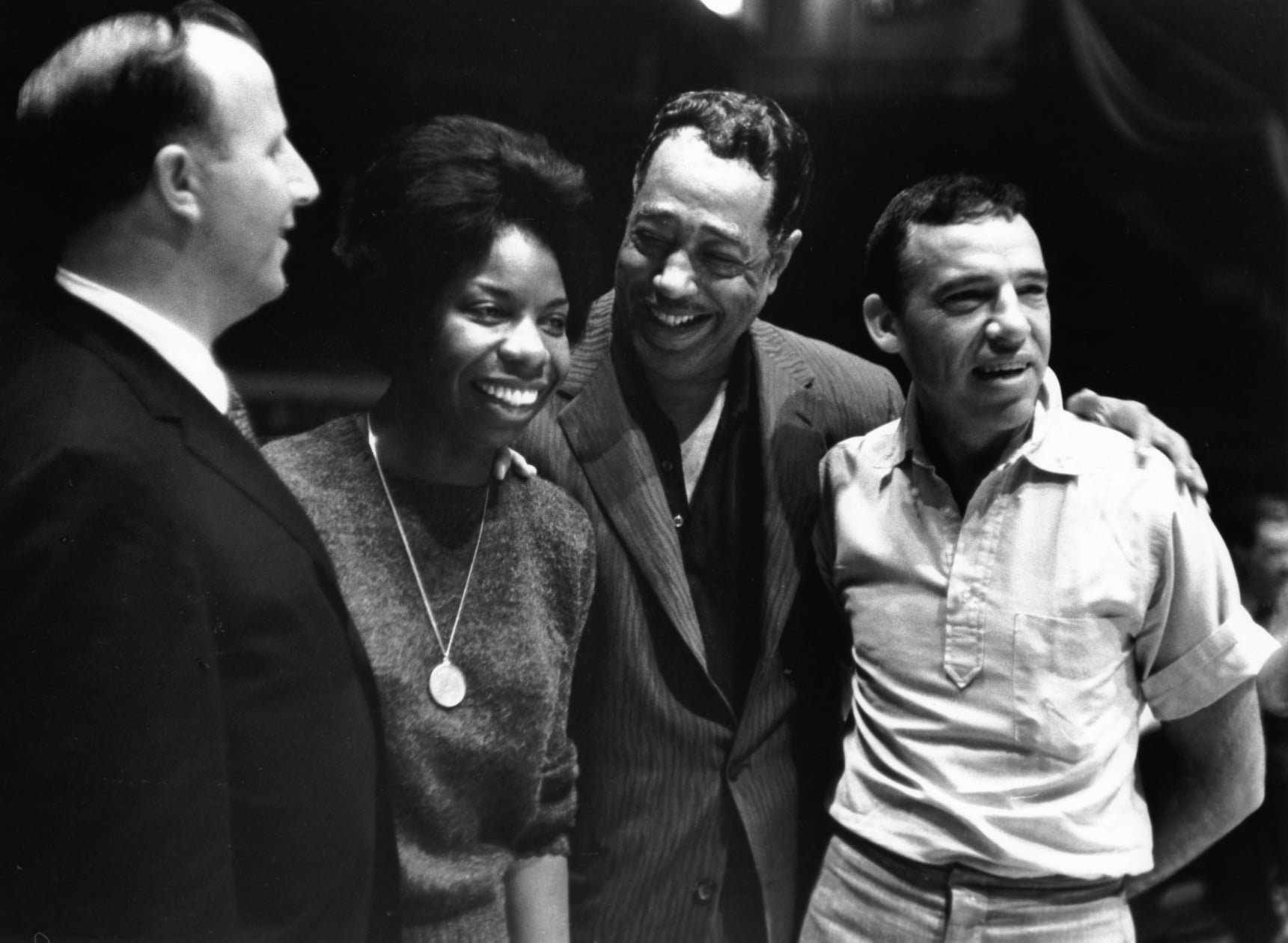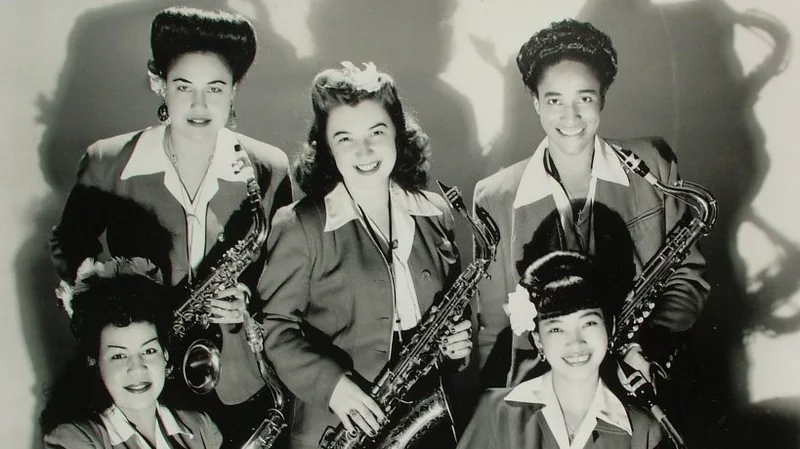ALBUM REVIEWS:
Ahmad Jamal, Emerald City Nights: Live at the Penthouse 1963-1964
and Emerald City Nights: Live at the Penthouse 1965-1966 (Jazz Detective)
and Chet Baker Blue Room (Jazz Detective)

Jazz producer and executive Zev Feldman has long had the nickname of “the jazz detective” for his uncanny skill at finding previously unreleased tapes from the genre’s greats to release as high-profile archival releases. (See related feature article). Now he’s putting that moniker to use for his own label, Jazz Detective, with a distinctive fingerprint logo, along with his typically highest-quality recording and packaging. Plenty of national media, from Variety, The Washington Post, NPR etc., have paid attention.
As a jazz piano aficionado, I’ll testify that the various Bill Evans albums are all treasures, expanding a deep catalog of one of the most beloved and influential modern jazz pianists. But I want to focus on Feldman’s 2022 “Jazz Detective” albums of Ahmad Jamal, a more controversial artist in serious jazz circles. Snobbish naysayers would sniff “cocktail pianist,” as Ahmad Jamal rose to rare jazz popularity with his hit album But Not for Me: Live at the Pershing in 1958. Yes, he’s capable of dazzling ornamentation and glittering fills, but, for the most part, done with stunning grace rather than excess. He’s also a deft and sometimes breathtaking employer of grace notes, of space and silence.
Far more than even that classic album could convey, these two Jazz Detective double-discs prove revelatory. Emerald City Nights: Live at the Penthouse 1963-64, and a same-titled one, recorded in 1965-66, provide vast and varied musical protein. Jamal is technically muscular, and expansive, yet exquisite, dynamic and capable of piston-like, two-handed chording, and hard-swinging (eg. “Bogota” and Johnny Hodges’s “Squatty Roo”). Yet he’s always a master of the grace note, poised with a wizardly sense of silence and space, even building drama with it.
You come to understand how Miles Davis learned the art of lyrical-yet-incisive understatement from him: “All my inspiration comes from him,” Miles wrote in his autobiography, an unusual thing for a trumpeter to say about a pianist. You hear, in these four nights recorded over four years, how, riding chops-to-die-for, Jamal expands his sonic, conceptual and harmonic canvas to mural-like dimensions. Jamal’s deep-in-the-night take on “I Didn’t Know What Time It Was” becomes a musical joke, as he nurses a Hamlet routine for over 15 stunning minutes, yet you want to shadow his musical genius every step of the way, as it’s filled with dynamic surprises, a la his radical 1965 composition “Extensions.” Has this evergreen ever been played better, ever fresher?
By superb contrast, Anthony Newley’s “Feelin’ Good” plays out in low registers, funky and freewheeling, repeatedly quoting “Workin’ on the Chain Gang,” and the enduring strength of the blues and spirituals. And worry not, there’s a splendid version of his trademark superhit “Poinciana” in the second volume. Suffice to say, this was one of my three choices for historic album of the year in the 2022 Francis Davis jazz poll.
Annotator Eugene Holley Jr. aptly explains the range of classically-trained Jamal’s sources: “a protean and profound pianism that ingeniously melded pianist Art Tatum’s swing-at-the-speed-of-sound and his hometown (Pittsburgh) hero Erroll Garner’s tender and torrid touch, with Franz Liszt’s boundless keyboard technique and the azure French impressionism of Ravel and Debussy.” He has influenced Keith Jarrett, Herbie Hancock, Jacky Terrasson and Aaron Diehl (The Milwaukee Symphony Orchestra’s “artistic partner,” who soloed in his orchestral adaptation of Mary Lou Williams’ Zodiac Suite May 26-28 with the MSO).
***

Also, I’ll note that the new Jazz Detective Chet Baker studio set Blue Room, from Holland in 1979, reminds us vividly of the sublimely cool trumpeter’s personalizing of Miles Davis’s style. 1 Yet no trumpeter had a more buttery-golden horn tone, on the verge of melting, right from the opening Wayne Shorter tune “Beautiful Black Eyes.” Over the years of an extraordinarily tough, heroin-burdened life (he once spent a year and year a half in an Italian jail, as did his newlywed wife), his solos were consistently shapely, lyrical and swinging.
Elsewhere here, Baker again demonstrates how he was as emotionally affecting a jazz singer as we’ve ever had, on songs like “Oh, You Crazy Moon,” “Candy,” and “My Ideal,” by singing almost despite himself. He sounds like a shy introvert vocalizing to a loved one’s photograph. So, while not overtly expressive, his warm vocal tones unfold rounded, often liquidly limpid, and tender, with whimsy, pain and loss, delicately vulnerable. Yet he also scat-sings several choruses of “Candy” and one of “Crazy Moon” superbly.
Blue Room also reveals how underappreciated Phil Markowitz is as a crystalline, hard-swinging, harmonically deep and potent pianist. 2. As a bonus, Baker, in effect, steals something right from under Miles Davis’s embouchure. Miles wrote the superb tune “Nardis” but, mystifying, never recorded it, instead allowing Bill Evans to appropriate it, often as a centerpiece of the great pianist’s repertoire. Ah, but Baker smartly saw the opportunity, so here we finally hear the austere, lonely beauty of “Nardis” as a Miles-esque trumpeter would handle it. However, one also suspects pianist Markowitz, a deeply Evans-influenced player, and a master re-harmonizer, might’ve suggested this tune to Baker.
Blue Room follows a Feldman’s marvelous 2022 Elemental label’s two-album set Chet Baker Trio (with a French pianist and bassist) Live in Paris.
The Jazz Detective catalog and Feldman’s Resonance and Elemental label dates accumulate, both as limited-edition CDs, and historical vinyl packages. These include two 1970s concerts by pianist Bill Evans in Buenos Aires; a long-lost 1972 recording of bassist Charles Mingus at London’s Ronnie Scott’s Jazz Club; French radio broadcasts of Baker in 1983-1984; and, the prize package, a five-disc box featuring Parisian concerts from July 1970 by free jazz saxophonist Albert Ayler — some of his last recordings before his death the following November.
The Ayler recordings especially underline how Feldman’s pioneering globe-trotting research and development is contributing to expanding jazz history with recordings by artists with strong influence but unjustly low historic profiles, like pianist Walter Bishop Jr. and Shirley Scott, one of the first female jazz organists to ever record. A third album features saxophonist Sonny Stitt, a prolific recording artist in his day who still doesn’t quite get his due.
___________
1 Actually it’s debatable who influenced whom, Chet Baker or Miles Davis. Miles was still a bebopper, though with modest technical facility, until his transformation into the deft poet of Birth of the Cool, recorded in 1949. But it wasn’t released until 1958. However, Miles did partake in the less-heralded cerebral all-star “cool jazz” album Conception in 1951, with Stan Getz, Lee Konitz and Gerry Mulligan. When was the real birth of the cool? Baker had been playing a very similar style at least since he began recording as a leader in 1952.
- The 1979 Blue Room recordings vividly brought to mind Baker’s live performance in 1981 at the Milwaukee Jazz Gallery. At the time, this reporter described him thusly: “Baker’s music glows with a moody romanticism, which takes his trumpeter into a role uncharacteristic of the normally declamatory instrument…But Baker’s playing is more than moody wafting. The intelligence displayed on the venerable “’Round Midnight” was engineered with skill and imagination. Like a ghost slipping through the crack of a door, Baker slid into the familiar shrouded melody, stripped his second chorus to an elegant spareness, then overlaid it with several plush phrases.
“Baker’s singing reveals an even closer view of his personal expression – lyrics of broken love flowing from a tenor feathered with soft gray textures.”
The Milwaukee Journal, Aug. 12, 1981. from the Milwaukee Jazz Gallery 1978-1984 anthology (For those interested in a copy of the anthology at a retail outlet, I’m aware of only of a single copy remaining at Woodland Pattern, in Milwaukee’s Riverwest neighborhood).



